Eurasian lynx have not freely roamed across Scotland in more than 500 years after hunting and habitat loss led to their extinction.
That is until at least four of the predators were illegally released near Kingussie this month.
It is currently unclear where the animals came from, but they have since been caught with the help of expert teams from the Highland Wildlife Park.
And one has sadly died since.
The incident has stoked conversations around releasing the predators, with organisations like Lynx to Scotland and The Cairngorms Crofters and Farmers Community speaking out.
The Press and Journal also asked our readers what their thoughts are on reintroducing the wild cats.
So, should lynx be brought back to the Scottish Highlands? Let’s hear what everyone has to say…
‘Lynx could return… but not through ‘unwelcome’ illegal releases’
The Lynx to Scotland partnership, made up of rewilding groups Scotland: The Big Picture (SBP), Trees for Life, and The Lifescape Project, have been working to bring the native species back.
The group argues that lynx are a “keystone species”, playing a vital role in maintaining healthy living systems, with biodiversity being negatively affected by their absence.
And they describe the predators as “shy, elusive woodland hunters”, posing no danger to people.
Over the years, the predators have been successfully returned to European countries like Germany, France and Switzerland. And, research suggests the Highlands could sustainably support around 400 lynx.
Peter Cairns, executive director of SBP, has slammed the illegal release of lynx this month as “counter-productive”.
He has stressed that no one knows where the lynx came from, and releasing them unlawfully is “irresponsible” and not the way to return the native species to the landscape.
He said: “It’s excellent news that experts from the Royal Zoological Society of Scotland (RZSS) were able to humanely trap the lynx so rapidly, and that the lynx are safe.
“The Lynx to Scotland Project is working to secure the return of lynx to the Scottish Highlands, but irresponsible and illegal releases such as this are simply counter-productive.”
Lynx would control deer populations across Highlands, argues partnership
The partnership also argues that reintroducing lynx would help reduce the deer numbers across Scotland.
Too many deer can overgraze forests and woodlands, preventing them from growing and regenerating.
There is currently no predator, other than humans, to curb the numbers. But, it is thought the lynx will prey on roe deer — their preferred prey — and invasive sika deer.
Steve Micklewright, chief executive of Trees for Life, explained the project is working towards a “carefully planned reintroduction of lynx” so Scotland can once again have big predators in the natural environment.
He says the project takes into account and respects the views of farmers and other stakeholders, and there would be habitat assessments and full public consultations before any reintroduction is carried out.
“Scotland is one of a handful of European countries still lacking a large terrestrial mammal predator,” he explained.
“If we are serious about tackling the nature and climate emergencies, we need lynx back. A lynx reintroduction would require Scottish Government approval, with habitat assessments and full public consultation.”
‘Reintroductions require ‘full cooperation’ says crofting and farming group
Robert MacDonald, chairman of the Cairngorms Crofters and Farmers Community (CCFC), said the illegal release was a “blatant disregard” for the residents of Kingussie and the surrounding area.
The big cats were captured in Drumguish Woods, near several members’ crofts and farms, meaning livestock was at immediate risk of predation.
Robert said releasing the predators has also created anxiety within the community, while the welfare of the lynx themselves was “completely overlooked”.
He explained the action could have exposed the animals to starvation, injury or conflict in the unfamiliar environment.
“The release of any species must strictly adhere to the Translocation Code and comply with all national and international laws,” Robert explained. “Such actions require the full cooperation of those who manage the land and whose livelihoods will be most affected.
“A comprehensive mitigation plan must also be in place before any release to ensure that those impacted are confident their lives and livelihoods will not suffer harm.
“The damage caused by unregulated beaver releases in Tayside over the past 20 years serves as a stark warning. We must not allow similar harm to occur with any other species reintroduction, particularly without proper consultation and preparation.”
The CCFC is calling on authorities to take immediate action to identify and prosecute those responsible for the illegal release.
Robert finished: “Such reckless actions undermine the trust and cooperation necessary for any wildlife conservation efforts, endanger rural livelihoods, and compromise the welfare of the animals involved.
“The CCFC stands united with the local community in demanding accountability and safeguards to prevent incidents like this from happening again.
“And thanks the Highland Wildlife Park, and all others involved in their re-capture, for their sterling efforts.”
Readers have their say about lynx
Many readers commented on our Facebook post saying they would like to see lynx brought back to Scotland but only if “done correctly”.
Scott Innes said the animals would need “proper reintroducing so they know how to hunt and live in the wild”.
And Graeme Sutherland believes they could be released in the “right place” and if estates wanted them.
Meanwhile, Yvonne Watson wrote: “If done correctly, with the right licence, research and consultation I can see it working — but only when it’s done properly.”
Others argue that reintroducing the animals would be the “right thing” to do.
Andy Davidson wrote: “They were here before us, but people killed them off. They have more right to be in Scotland than we do. They are a Scottish natural species.”
And John Crombie said: “Re-introducing them would be a natural and right thing to do. Having lived in the New Hampshire mountains in the USA for many years [where] they are a protected animal…
“I saw one my entire 20 years there, they are very elusive and yet beautiful animals to see and deserve the right to flourish again.”
And Paul Reynolds, who runs the New Arc wildlife sanctuary, believes they should “absolutely” be reintroduced.
He explained: “They would help to keep the wild deer population in check which is also a bonus for conservation and deer welfare.”
But not all our readers are convinced the predators should return…
Some readers like Graeme Ross pointed out that the predators could end up hunting farm animals, and shared concerns they could attack people too.
He said: “Everyone seems to think it’s a great idea. Most folk commenting won’t live anywhere near them, so they don’t care, until someone gets attacked by them. Then it’ll be too late.
“They’ll attack small farm/wild animals and nothing can be done about it.”
And Alix Sutherland asked: “What about those who lamb outdoors? It’ll cause havoc for them. Just like the sea eagles on the West Coast.”
Catherine Moorehead commented: “They will be trapped and killed by farmers and gamekeepers.
“Producing food for humans is more important than the misguided sentimentality of re-wilding. You cannot now recreate the pre-industrial era countryside in Scotland, and it is foolish to try.”
Meanwhile, some like Patricia Duncan shared concerns about other at-risk animals.
She said: “Scotland is slowly losing its wildlife — capercaillie, partridge, red squirrels, grouse. Maybe lynx will not be beneficial to the area.”
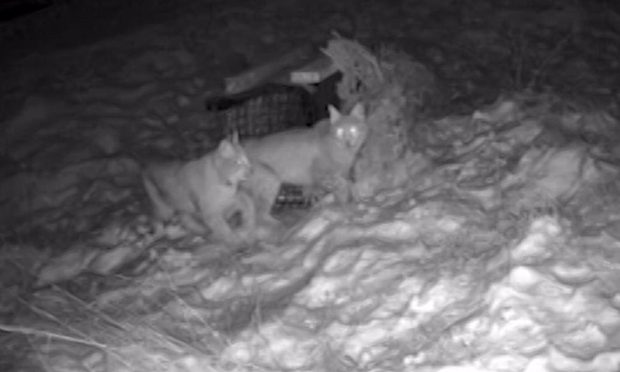
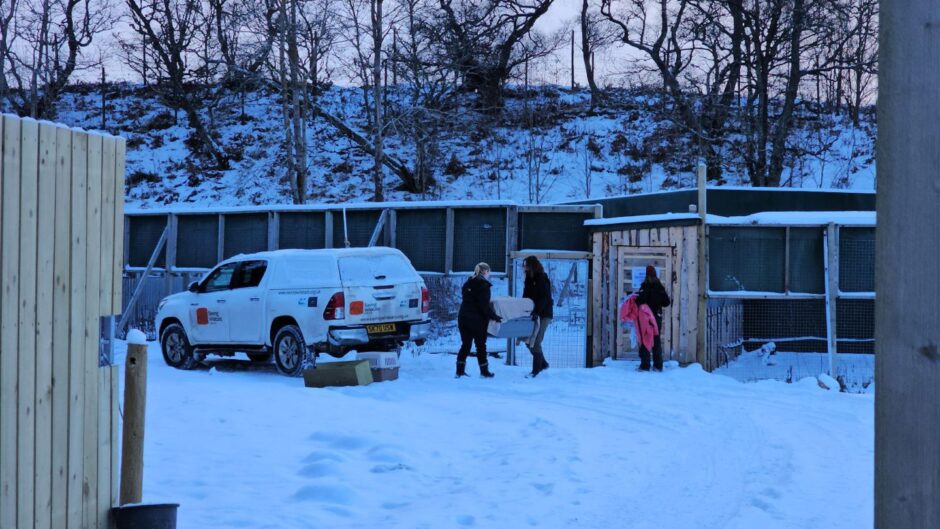

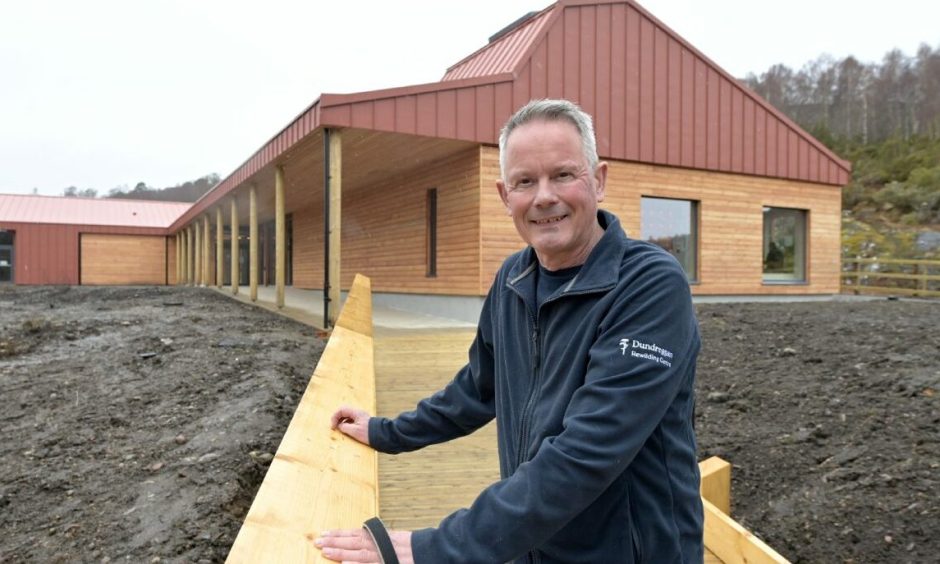

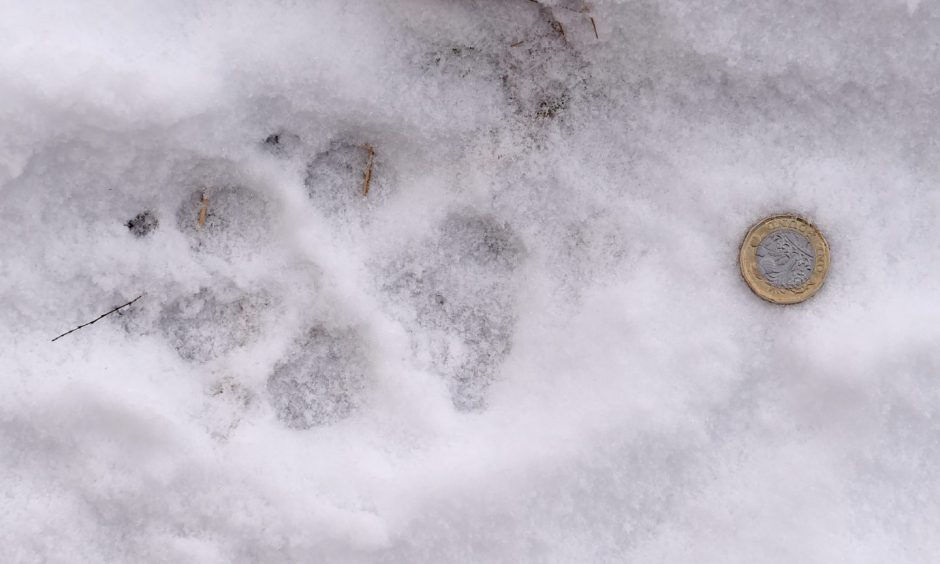
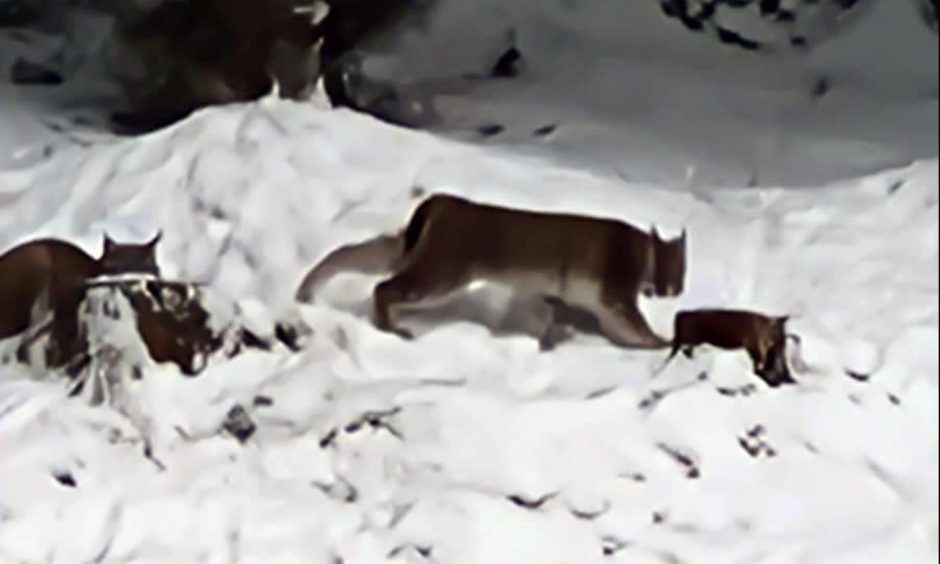
Conversation